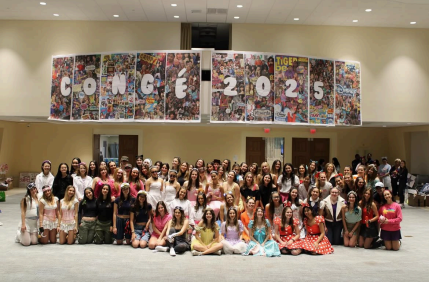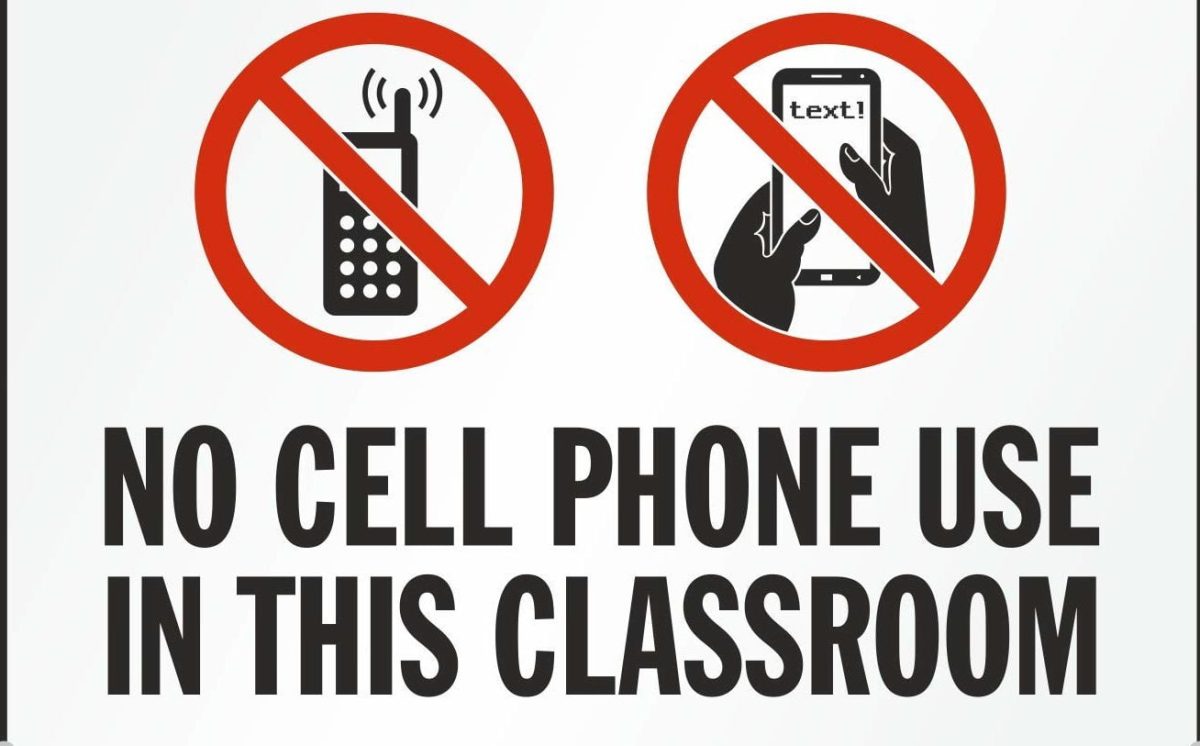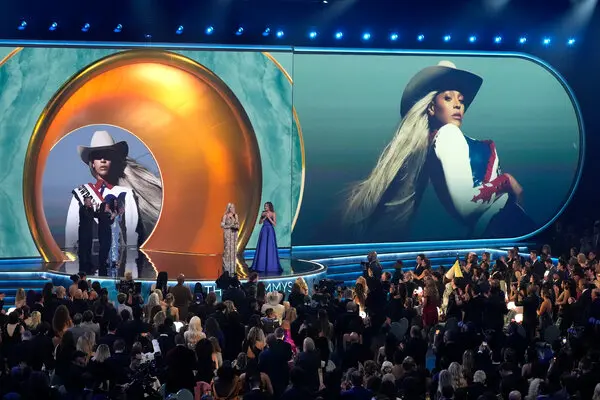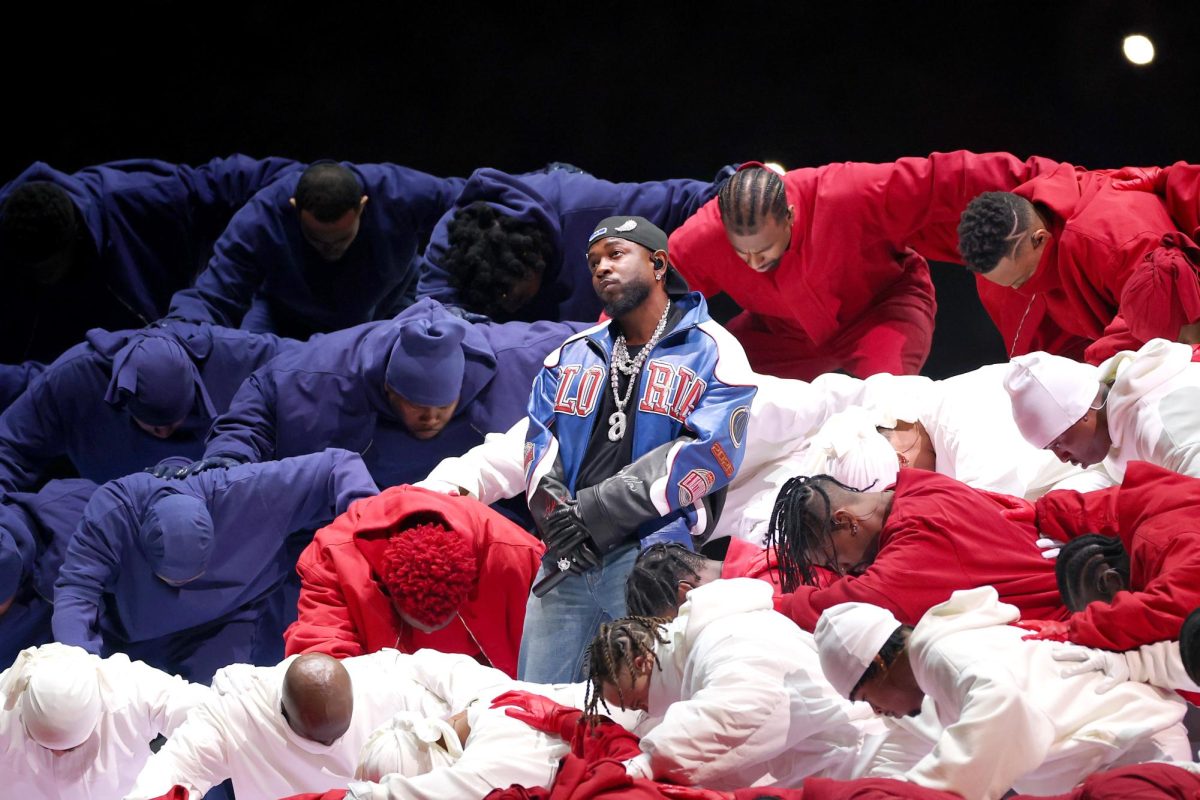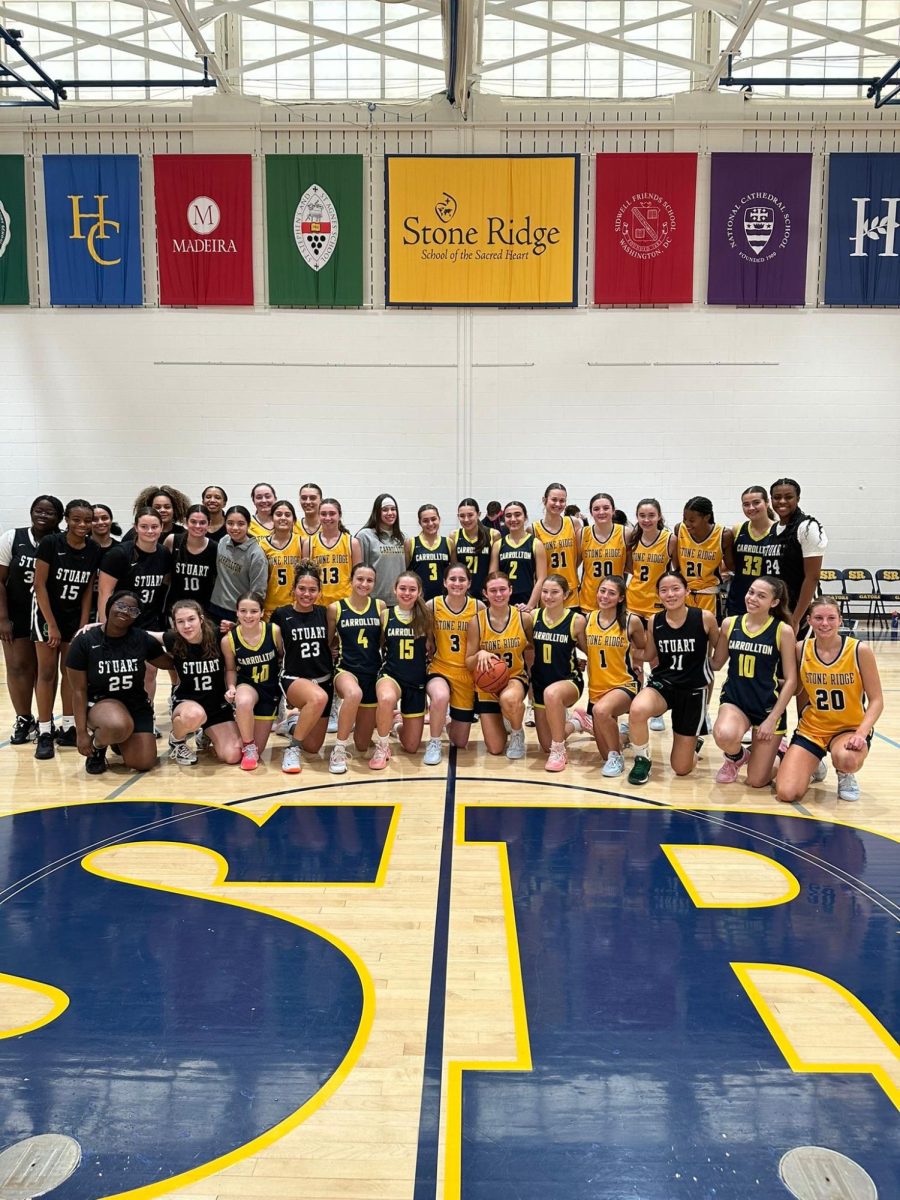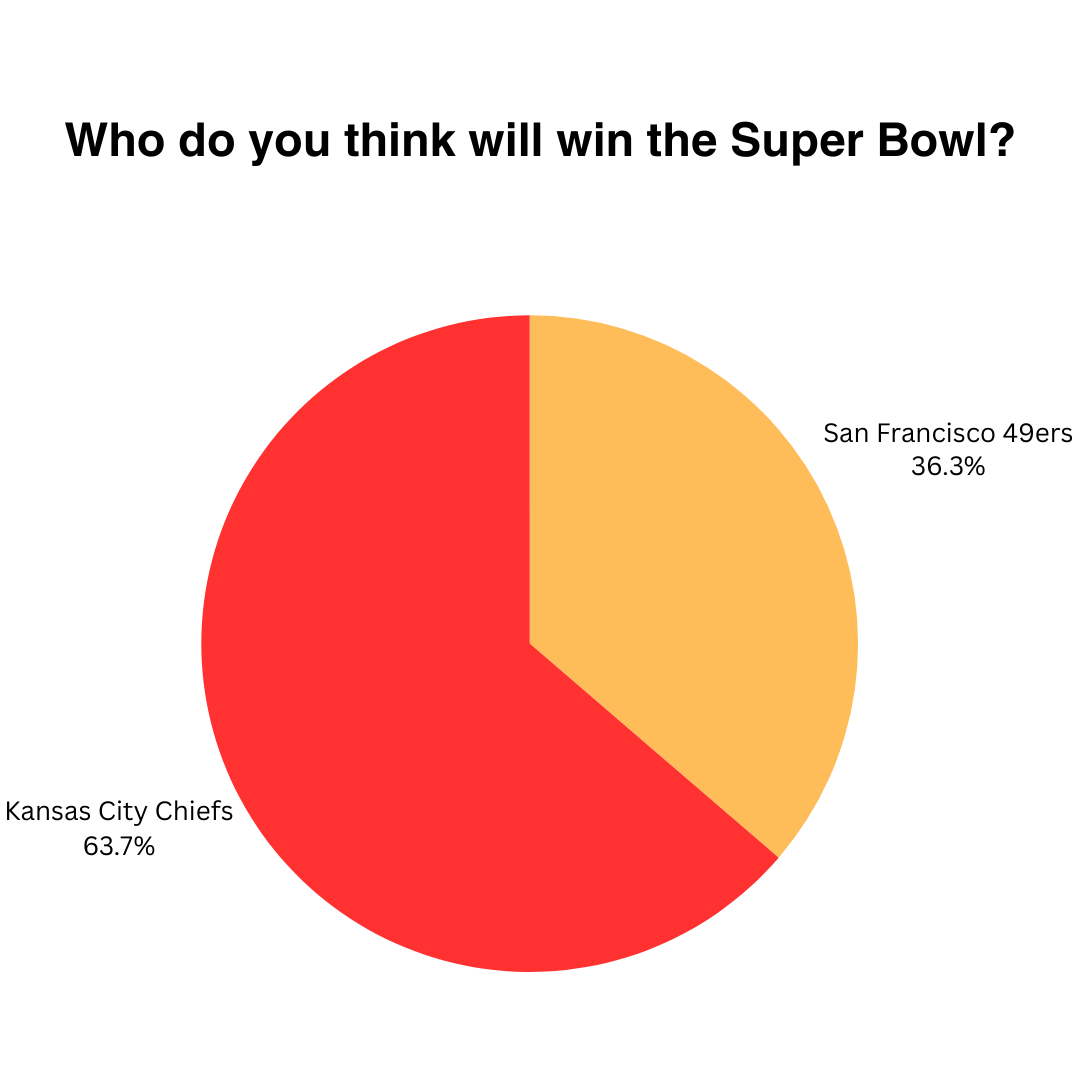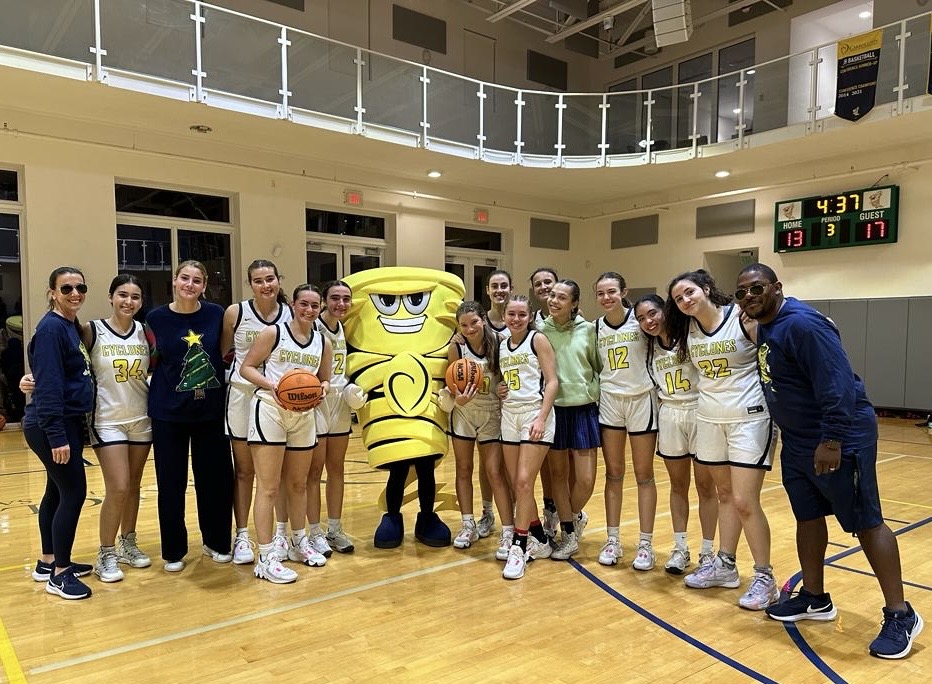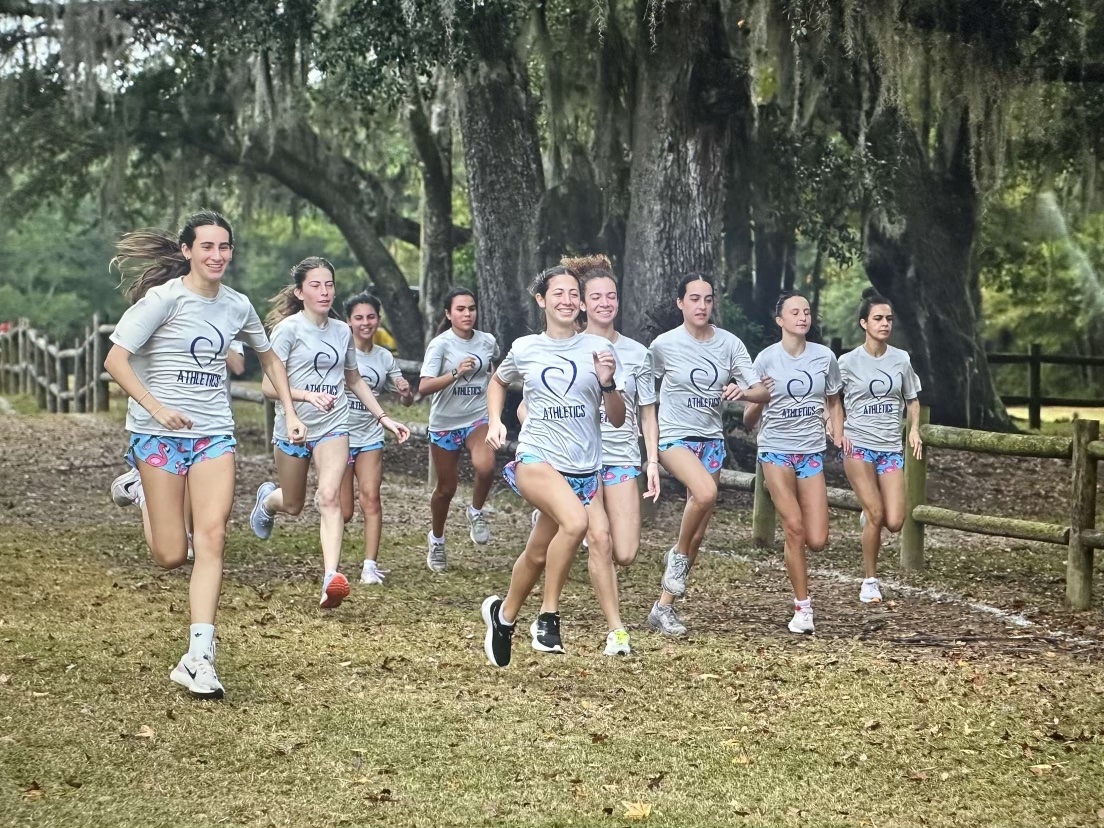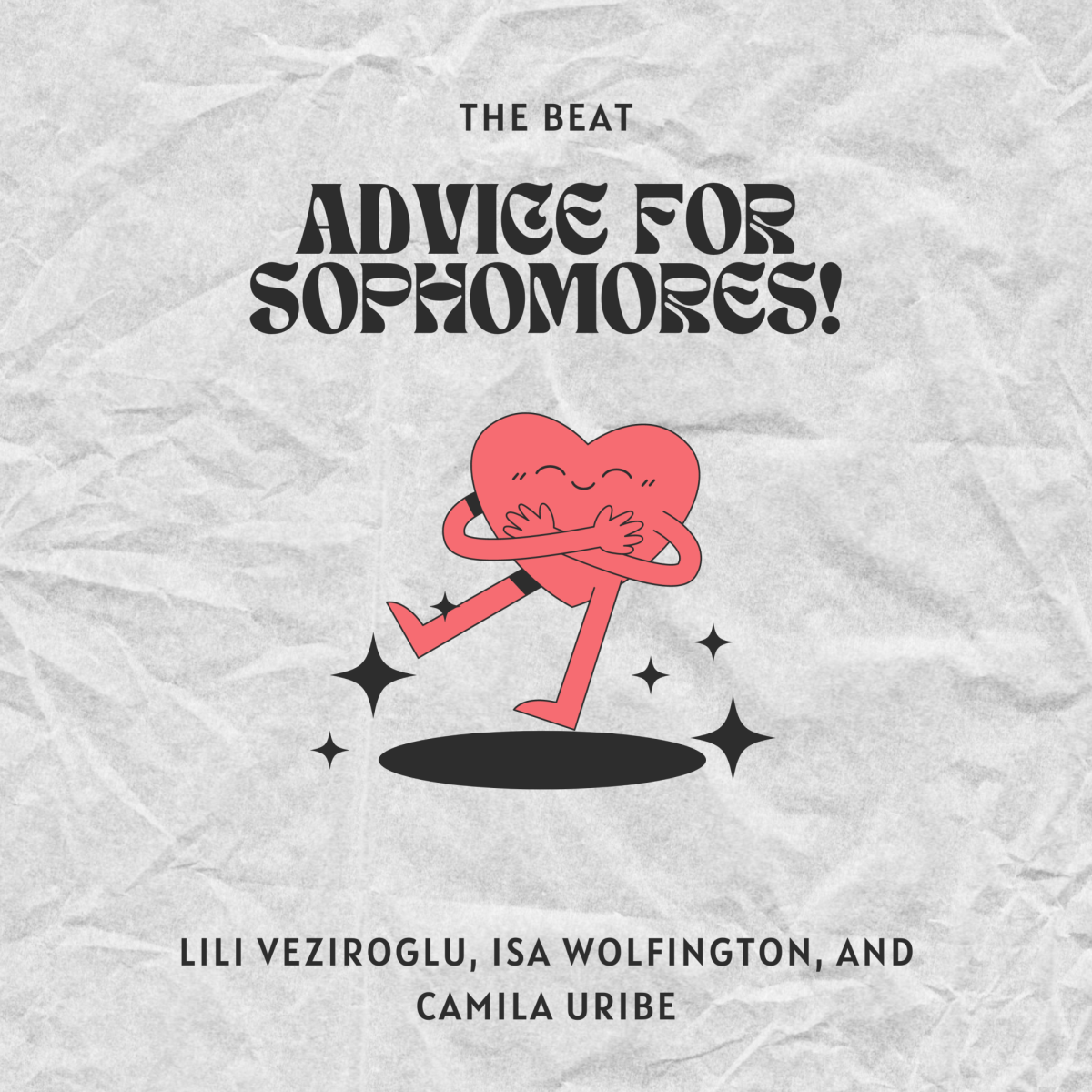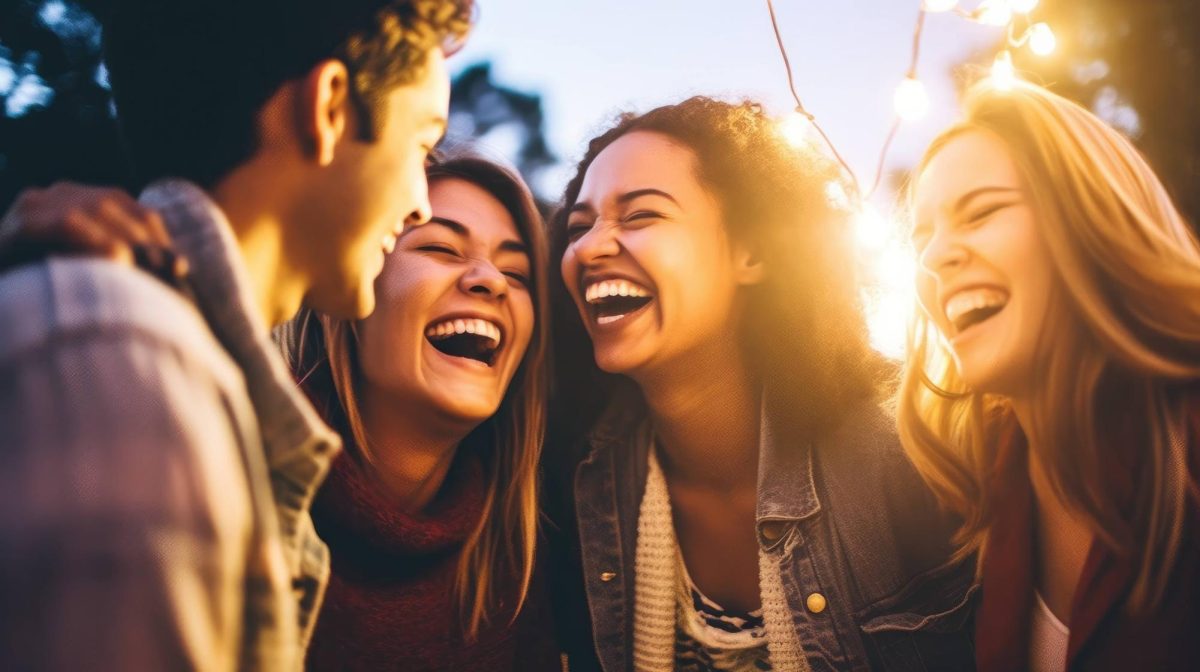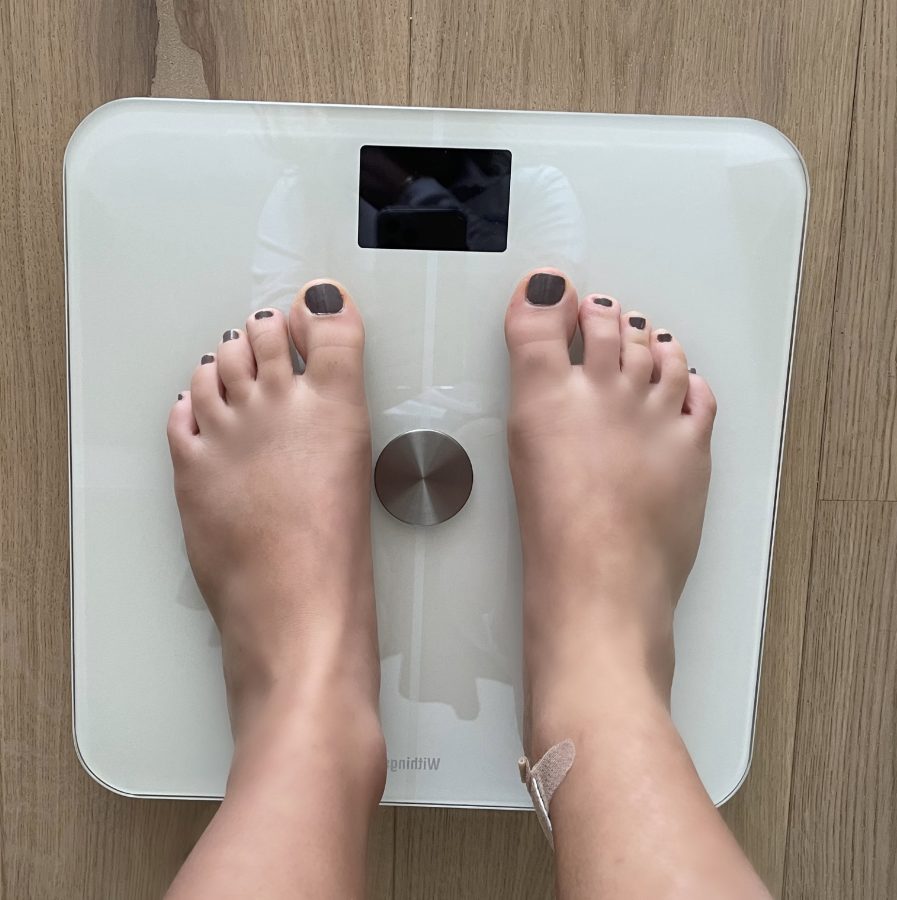Have you ever felt pressured to change who you are because of someone else’s opinion?
For many years women have felt oppressed and forced into fitting society’s stereotypes for beauty – where all women who fit the standards of being “skinny” are considered beautiful and those who are “curvier” or “big” are not.
Due to the constant pressure from magazines and social media, teenage girls who suffer from insecurities are being influenced by society’s perception of beauty. Many girls have spiraled into a frenzy of weight loss by trying unbalanced diets, taking diet pills, fasting, and doing excessive exercise. This is causing an increase in teenage anorexia due to a constant pressure to reach the “perfect” weight in order to be seen as attractive.
Ms. Patricia Montero, Upper School Counselor, has worked with teenage girls for 10 years, has a Masters in Psychology and is also a licensed therapist. She wrote, “I think social media causes many young women to feel the constant pressure of comparison. We forget that social media is a highlight reel where people can edit and transform themselves for a moment and post – but we never truly see the reality behind the post. Such posts can be convincing and misleading, causing others to feel ‘less than,’ and that they don’t ‘measure up’ when their posts don’t get the same attention or external validation.”
Consistent with Miss Montero’s observations, several students shared their thoughts on the subject.
“Social media plays a huge role in my life, personally I sometimes find myself wanting to look like models I find on Instagram or TikTok. Because we’ve basically grown up on social media it’s become a normal thing to compare yourself to people who you follow,” wrote one student.
Another student wrote, “I’m constantly comparing myself to pictures with filters and edits, not realizing that the person I’m looking at most likely has a lot of makeup on. I think that I’m constantly in a battle with myself. Trying to remind myself that I am not expected to be anything other than the best version of me.”
“In the United States, 90% of the cases of eating disorders occur in adolescent females,” according to an article published on Webmd, March 2020. “Female adolescents between the ages of 8 and 14 struggle most with self identity, allowing their confidence levels to fall about 30 percent.”
Society has pressured young women into unhealthy habits. Social media has exacerbated eating disorders in female adolescents by promoting “thin” model-like bodies that are most likely not natural. This tends to encourage teens to compare themselves to unhealthy or unrealistic beauty standards which not only affects self esteem, but too often leads to eating disorders.
Ms. Montero added, “All of this can mess with your heart and your mind, leading you to think that if you looked a different way or more like the women in these images, your life would improve. I think education is super important. It would also help for teens to remember that life is more than what people post online.”
“I know that as part of the Carrollton community I have amazing friends who remind me what social media is working so hard on improving, that is knowing that beauty comes from within because it’s the only thing you have forever, your essence,” the first student concluded.
Mrs. Banks, our Upper School Journalism teacher faced the consequences of anorexia personally. Her niece struggled with anorexia for years and despite her being cared for at the best facilities throughout the country, she passed away in July of 2019.
“It really hit home for me and my family and I pray that all of our Carrollton girls appreciate their God-given selves take very good care always,” wrote Mrs. Banks.


